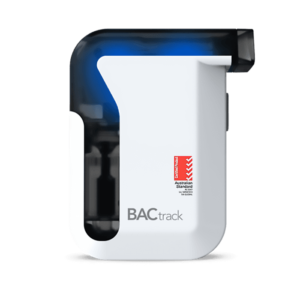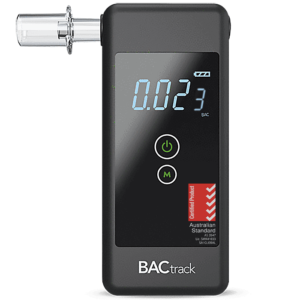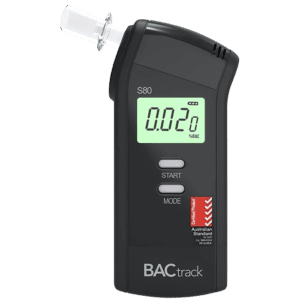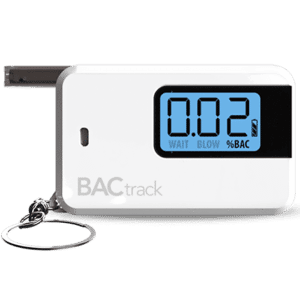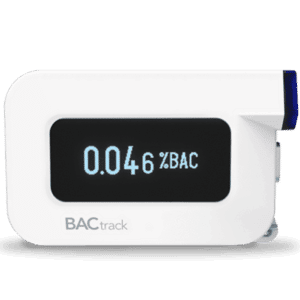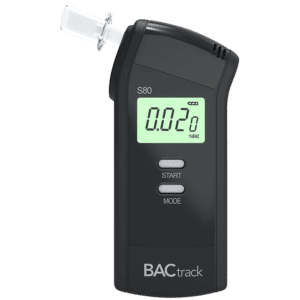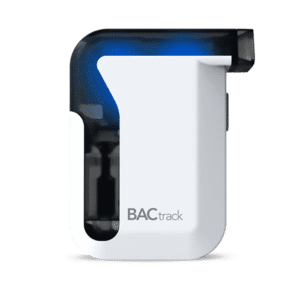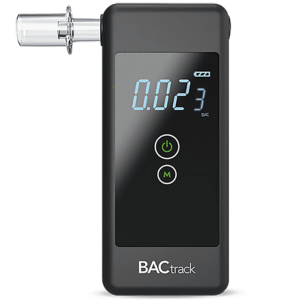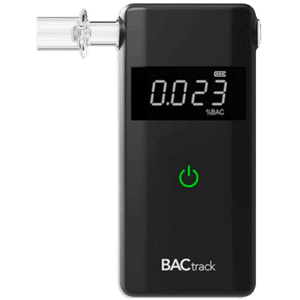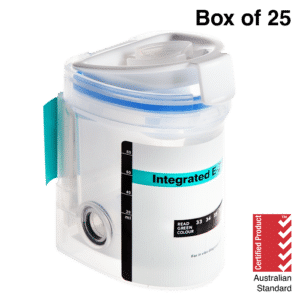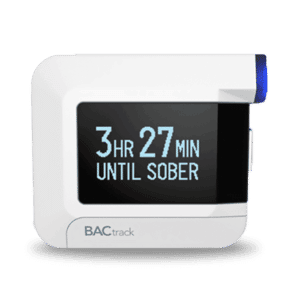Hair Follicle Testing: Process & the Detection Window
12 April, 2024
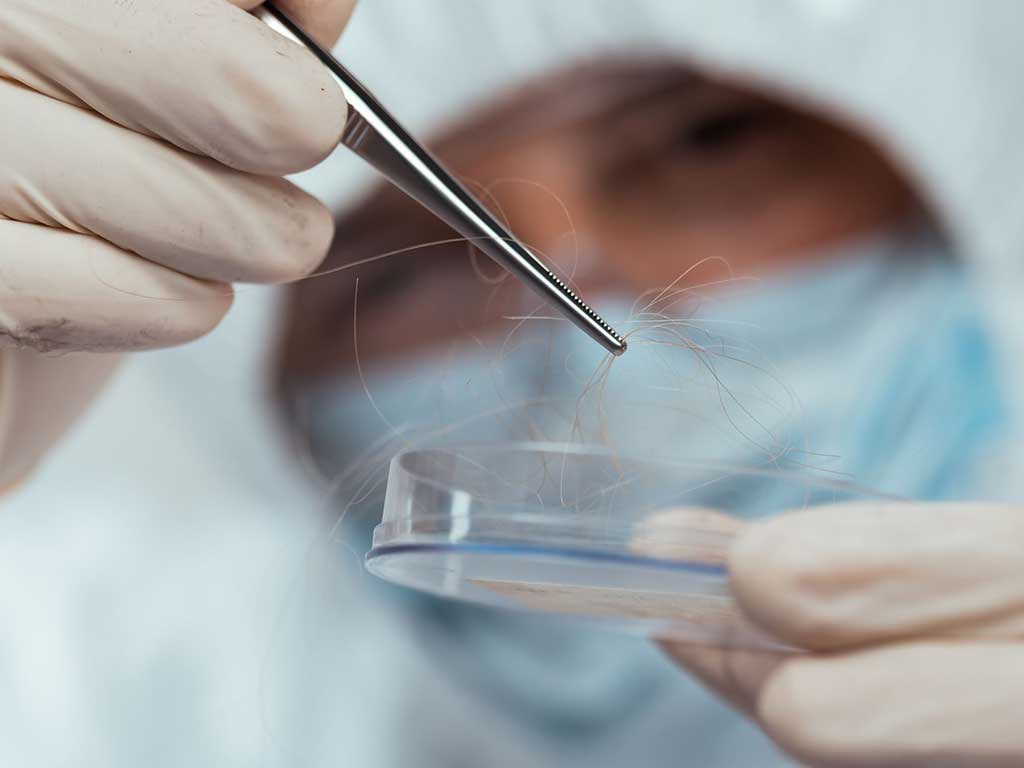
Hair follicle testing is a preferred method used to detect drug classes or other substances in the system of a person. The procedure begins with the sample collection process. It involves cutting a small amount of hair. After collection, the conductor forwards the hair samples to a laboratory for analysis. In the facility, the specimen undergoes a series of testing. Nevertheless, the detection period for hair analysis is significantly broader. It can reveal drug usage over a three-month time period.
Substance testing has become a standard practice in many industries and organisations. It is to ensure a safe and substance-free environment. There are various methods of drug testing. It may include saliva tests, urine testing, and blood tests. However, hair drug testing is becoming preferable due to its longer detection window. It makes it a more reliable option for employers and organisations. This article will present the hair sample testing, including its process and window of detection.
What is Hair Follicle Testing?
Hair follicle testing is a scientific method used to analyse an array of substances within the hair. It can detect illicit drugs, prescription medications, and alcohol intake. Accordingly, this process involves taking a small sample of hair, usually head hair. Then, professionals examine the specimen in a laboratory to detect the presence of substances. It can provide information on the quantity and approximate time of drug use.
Furthermore, many companies implement hair follicle drug testing. It may be as part of pre-employment or random drug testing. It is to ensure a drug-free workplace. Also, legal testing authorities use hair follicle drug tests in investigations to establish evidence of drug use. It can be crucial in criminal, child custody, and DUI proceedings. It provides evidence that may impact the outcome significantly.
Facilities dedicated to recovery from substance abuse often employ hair follicle tests. It is to monitor the progress of individuals and their adherence to treatment plans. Additionally, doctors and healthcare providers may request hair testing. It is to diagnose conditions related to substance abuse or to monitor the medication levels of patients.
Advantages of Hair Testing
- Extended Period of Detection: The testing method can detect substances consumed over 90 days.
- Resistance to Tampering: It is considerably more challenging for individuals to alter or tamper with their hair to evade positive results.
- Low Maintenance: Once the hair sample is collected, it does not require special preservation techniques to maintain its integrity.
- Non-Invasive Collection: The process of collecting a hair sample is straightforward and non-intrusive.
- Detailed Historical Record: It can provide an approximate timeline of drug usage. It is invaluable in understanding patterns of drug use over time. Thus, it aids in legal judgments and rehabilitation processes.

The Process of Hair Follicle Testing
Hair follicle testing involves a detailed process. Firstly, a professional collector clips a small section of hair. Typically, it is from the back of the head to ensure discretion. The standard amount required is about 90 to 120 strands of hair. Accordingly, the collector ensures the sample is cut close to the scalp. Afterwards, the specimen is securely placed in a container and sent to a laboratory for testing.
Upon arrival, the sample undergoes a preliminary screen. The testing phase applies sensitive chemical reagents (immunoassay) to detect the presence of substances. If the initial screen returns a positive result, the sample proceeds to more intricate confirmatory testing. It typically utilises Gas Chromatography-Mass Spectrometry (GC-MS) or Liquid Chromatography-Mass Spectrometry (LC-MS).
After the laboratory concludes the analysis, the facility produces a detailed report. The report outlines the findings, indicating whether or not drugs were detected in the hair sample. If substances are present, the report will often specify the types and approximate levels of drugs. Finally, the testing centre communicates the results to the requisitioning party.
Detectable Substances
Hair testing can detect a wide range of substances. Foremost, the testing method can identify illegal drugs. These substances are prohibited by law due to their addictive properties and potential harm to health. Common illicit drugs may include cocaine, marijuana, heroin, ecstasy (MDMA), and methamphetamine.
Accordingly, the type of testing can monitor prescription drugs. These are medications legally prescribed by professionals. However, misuse of prescription medications can lead to addiction. It may include opiates, opioids, dexamphetamine, valium, temazepam, and Xanax. Additionally, hair testing can detect ethanol. It is a type of alcohol found in beer, wine, and spirits. Alcohol misuse can significantly cause impairment.
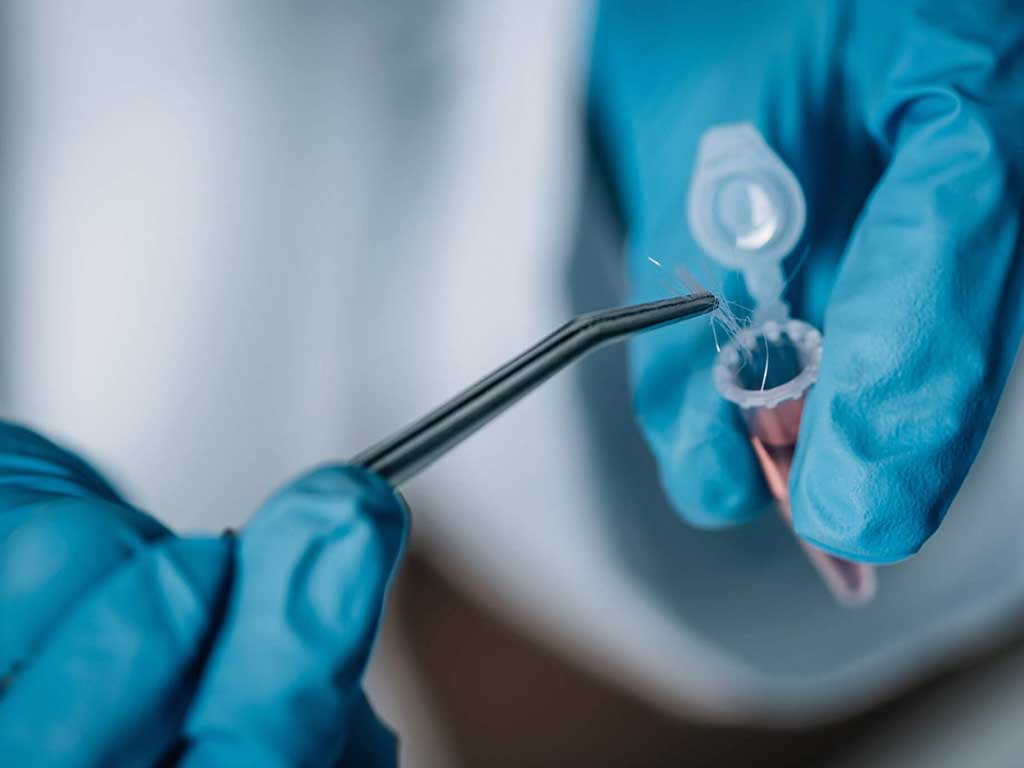
Window of Detection in Hair Follicle Testing
The window of detection in hair follicle testing typically covers up to 90 days. This period is based on the average growth rate of hair, roughly 0.5 inches (1.27 cm) per month. Since the standard requirement for hair length is 1.5 inches (3.8 cm), it reflects approximately three months of potential drug usage. However, it is essential to note that several factors can influence this window.
Individual differences in hair growth can extend or shorten the detection period. Factors like genetics, age, health, and nutrition can affect how fast the hair grows. Accordingly, the type of drug can impact detection periods. Some substances bind more tightly to hair follicles. Furthermore, darker hair tends to show drug use more readily than lighter hair. It is due to higher melanin content.
Moreover, external contaminants or exposure can sometimes lead to false positives in hair tests. However, rigorous washing and contamination checks usually occur to minimise these errors. Additionally, bleaching, dyeing, and using certain shampoos can alter the structure of the hair. Some treatments might remove drug traces, while others could make the hair more porous.
Comparison of Detection Window with Other Testing Methods
In comparison with other testing methods, such as saliva, blood, and urine drug testing, hair testing has a significantly wider detection window. It can identify substances that were ingested months before the test. Meanwhile the other methods typically only cover a few days to a week.
For instance, hair testing can detect cannabis (marijuana) for about 90 days. Conversely, saliva testing can only identify marijuana for 14 hours, while blood testing can monitor it for 24 hours. On the other hand, urine testing can detect cannabis for up to 25 days for chronic users. Overall, hair testing stands out for its extended detection window.
Conclusion
In conclusion, hair follicle testing is a reliable and accurate testing method. It is a process that can detect various substances within a hair sample. Workplaces, legal authorities, rehabilitation centres, and doctors often implement hair testing. Accordingly, this testing method has advantages. It has an extended detection window, is resistant to tampering, is non-invasive, and is low maintenance. The testing can detect a wide array of substances. It may include MDMA, heroin, temazepam, valium, and ethanol.
Furthermore, the testing process begins with the collection of hair samples. Subsequently, the collector stores the specimen in a container and forwards it to a laboratory. The sample undergoes initial screening (immunoassay) and confirmatory testing (GC-MS or LC-MS) in the testing facility. The detection window of hair tests typically covers up to 90 days. However, several factors can influence this window. It may include individual differences, types of substances, and external contaminants.


















